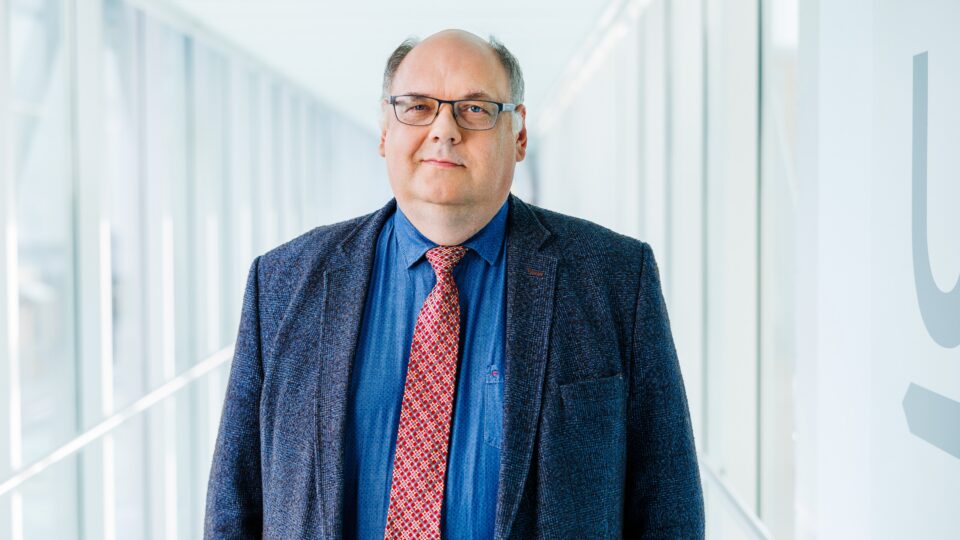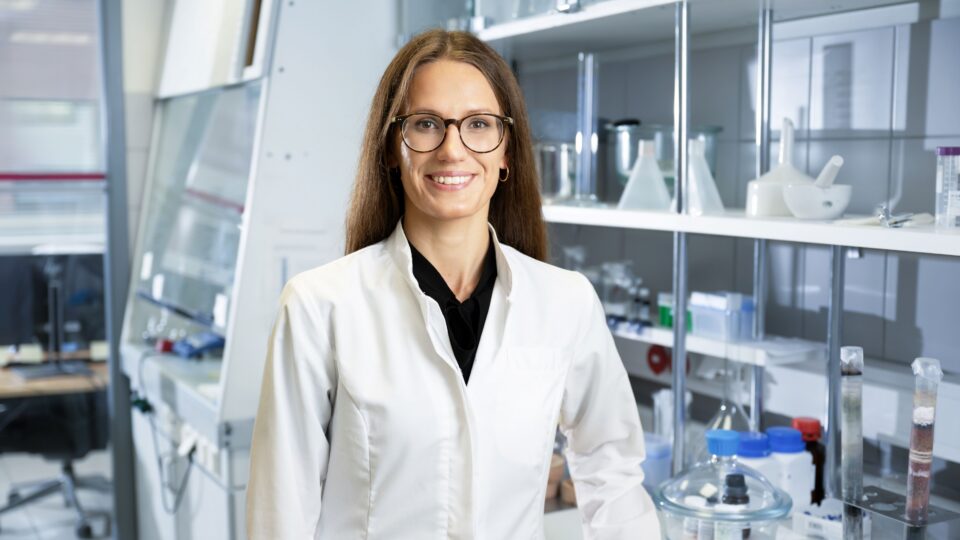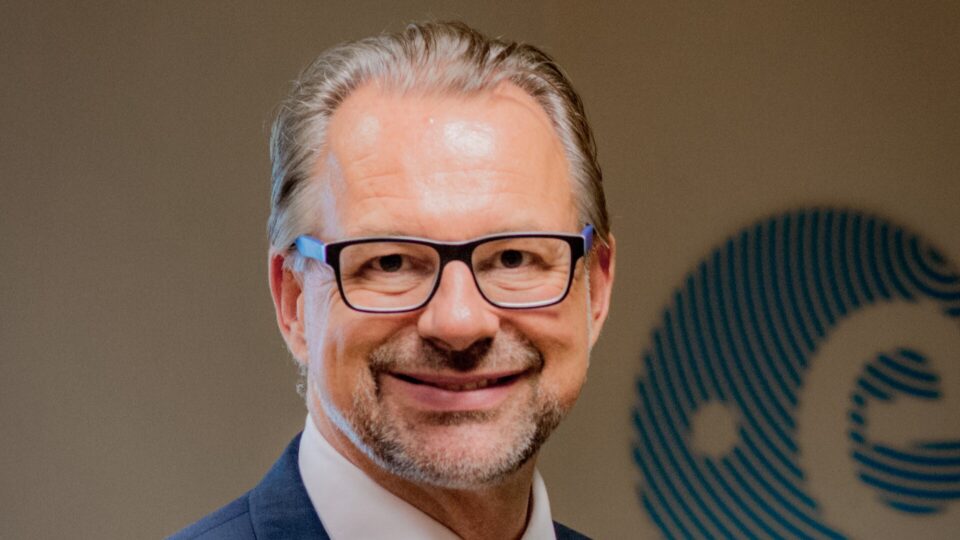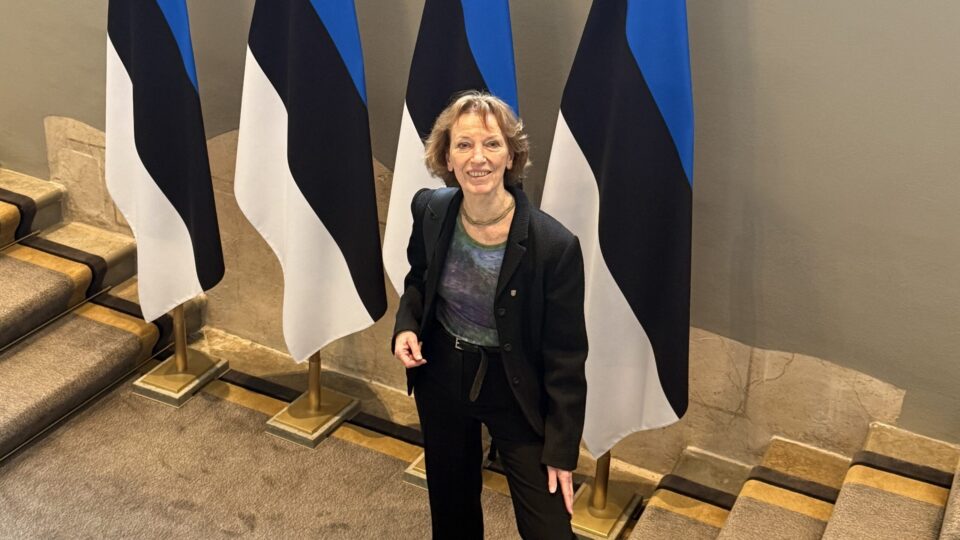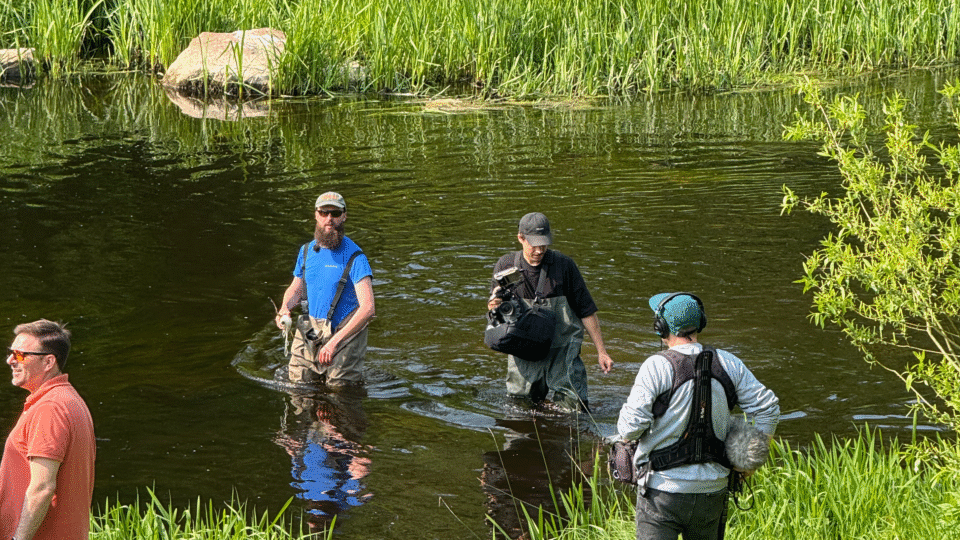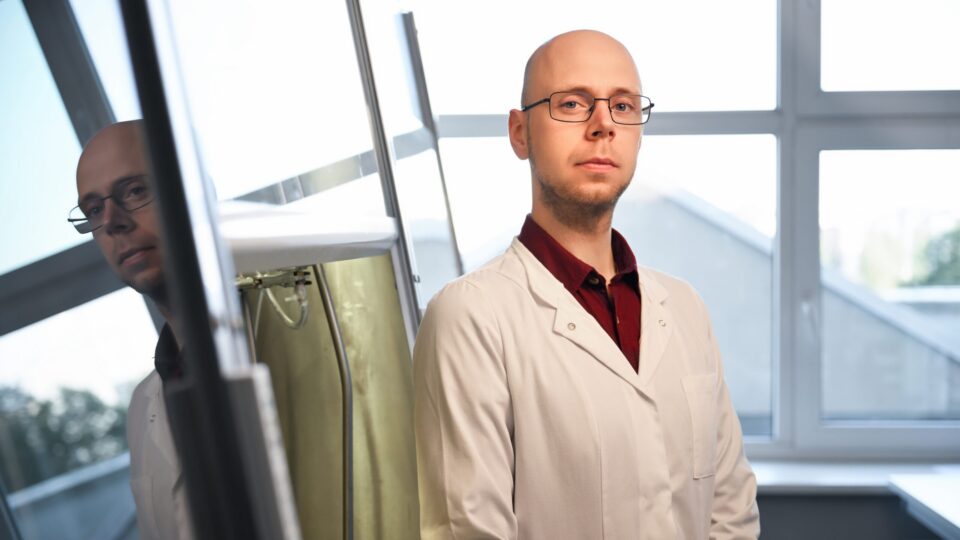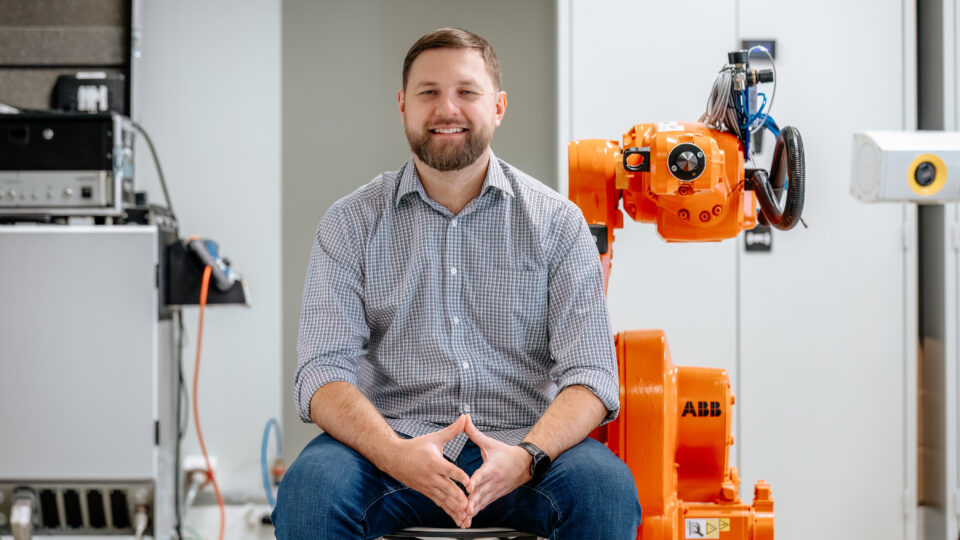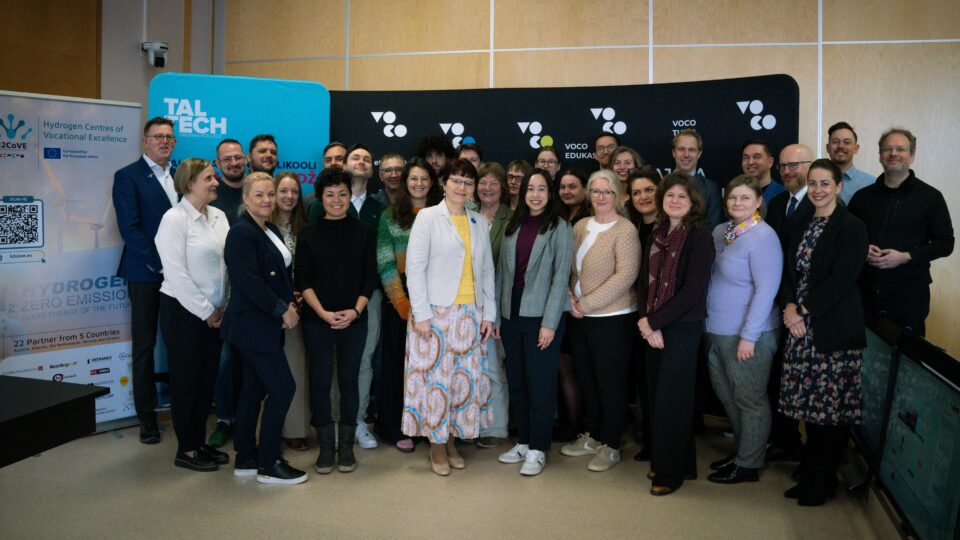TalTech is preparing a new development plan that will define the university’s direction for the next decade. In an interview with Trialoog, Vice-Rector for Entrepreneurship Erik Puura says the university must be guided both by instinct and by a clear strategy.
Science
Under the leadership of Kristiina Kaldas, senior researcher at the Department of Chemistry and Biotechnology at Tallinn University of Technology, efforts are underway to give new life to oil shale industry waste and to develop a more sustainable chemical industry.
The global shipping industry stands at the crossroads of sustainability and profitability, grappling with emissions cuts, new technologies, and the monumental costs of going green. Sina Atari, who recently defended his PhD thesis at TalTech, has dived deep into the financial undercurrents of this sector – uncovering surprising gaps, challenges, and opportunities that could reshape maritime investment strategies.
The Director General of the European Space Agency (ESA), Josef Aschbacher, will visit Estonia to deliver a public lecture on 4 September from 14:00 to 15:30 at TalTech’s School of Business and Governance, auditorium SOC-209.
The President of the European Research Council, Professor Maria Leptin, visited Estonia to explore the country's research landscape and discuss the growing success of Estonian scientists in securing prestigious ERC grants. In conversation with Trialoog’s editor Silver Tambur, she reflected on Estonia’s achievements, the role of scientific freedom, and her personal leadership journey.
When British wildlife photographer Jack Perks visited TalTech, it wasn’t just a guest lecture or a quirky nature story – it was a significant step in redefining how technology and ecology intersect. His visit bridged underwater fieldcraft with cutting-edge AI, helping fine-tune TalTech’s fish monitoring systems and inspiring the next generation of students to see IT as more than just code.
International researchers bring new ideas and fresh perspectives to Estonian science. But can our research and working environment offer enough support to attract talent to Estonia – and, just as importantly, to make them stay?
Collaboration between humans and machines is no longer a vision of the future – it is happening here and now. Robots are lending a helping hand in therapy, digital twins are taking their place in factories, and the line between science and everyday life is becoming increasingly blurred with each passing day.
At an international meeting held in Tartu, the development of hydrogen skills gained new momentum – experts, researchers, and entrepreneurs from five countries came together to find solutions for integrating hydrogen technologies into everyday economic and educational systems.
Collaboration with Schneider Electric Eesti AS is elevating the education at TalTech’s Tartu College to a new, more hands-on and real-world level.
